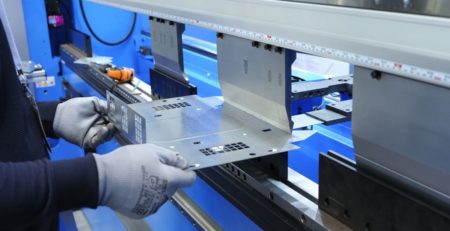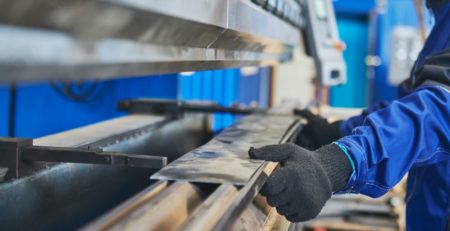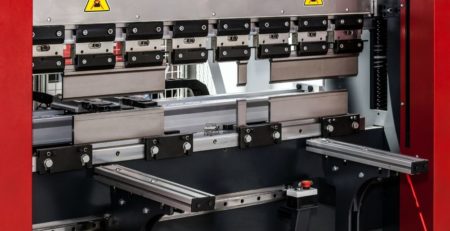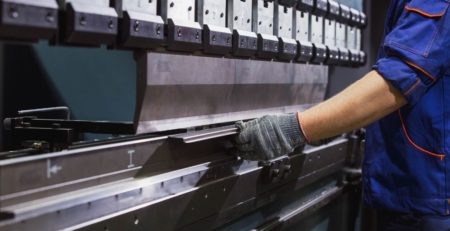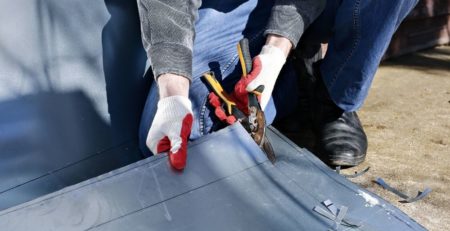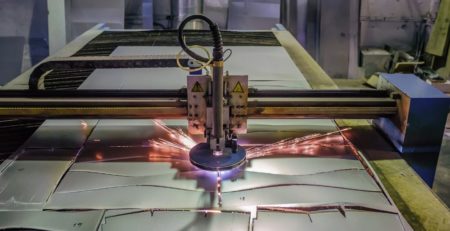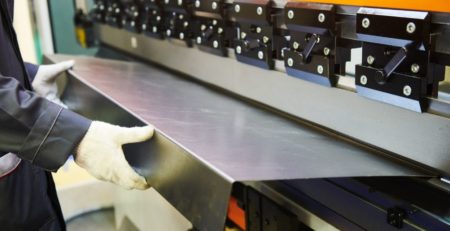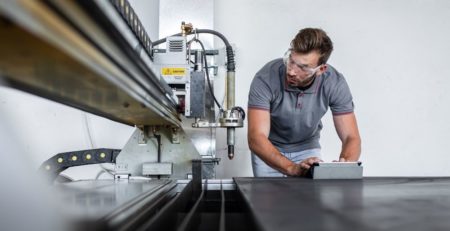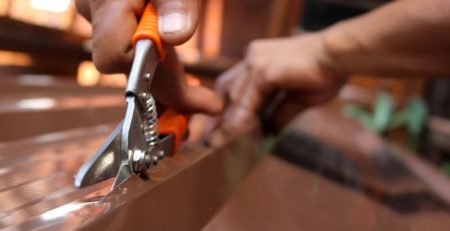5 Common Sheet Metal Fabrication Terms Explained
Sheet metal fabrication is a complex process that involves a variety of techniques and specialized terminology. To help you navigate this field, we’ve put together a guide to five common sheet metal fabrication terms, explained in detail.
Tooling: Hard, Soft, and Hybrid Tooling and Die Sets
Sheet metal fabrication often involves custom-made die sets that are used to cut, shape, and form metal. Tooling is the process of designing and engineering the tools needed to manufacture a part.
There are three main types of tooling: hard, soft, and hybrid. Hard tooling is made from durable materials like hardened steel, which can withstand high production volumes. Soft tooling, on the other hand, is less expensive and quicker to produce but is suitable for lower production volumes due to its lower durability. Hybrid tooling combines elements of both hard and soft tooling, offering a balance between cost, production speed, and durability.
Welding: ARC, MIG, and TIG Welding
Welding is a fabrication process that joins two or more parts by melting them together. There are several types of welding used in sheet metal fabrication, including ARC, MIG, and TIG welding.
ARC (arc welding) uses an electric current to create heat, which melts the metal and forms a weld. MIG (metal inert gas) welding uses an electric arc with a metal electrode that doubles as the filler metal for the weld. The electrode melts and fuses with the metal being welded. MIG welding also uses a shielding gas to protect the weld from contamination. TIG (tungsten inert gas) welding uses a permanent tungsten electrode and an inert gas to protect the weld.
Laser Cutting
It may sound like something out of Star Wars, but laser cutting is a common metal fabrication technique. Laser cutting machines play a pivotal role in metal fabrication, offering precision and efficiency in creating complex parts and designs.
A pipe laser cutting machine, for example, is designed to cut tubes and pipes of varying diameters and profiles. This advanced machinery can handle not only round pipes and square tubes but also other complex shapes, providing versatility in metal fabrication. These machines are equipped with powerful lasers to deliver clean, accurate cuts, reducing the need for further finishing processes. Moreover, they offer computerized operations for enhanced productivity, making them an indispensable tool in modern metal fabrication.
Deburring: A Kind of Finishing
Deburring is the process of removing rough edges or protrusions left on the metal after cutting or machining. This step is crucial for ensuring the safety, functionality, and aesthetic quality of the final product. Deburring can be accomplished through several methods, using manual hand tools, grinding machines, or vibratory deburring machines.
Stamping, Punching, and Bending
Stamping, punching, and bending are fundamental processes in sheet metal fabrication. Stamping involves using a die to impress shapes and patterns on the metal. Punching is just what it sounds like—using a machine to punch holes in metal. Similarly, bending does what the name implies: bends metal into the desired shape. Various machines, such as press brakes and punch presses, perform these processes.
Understanding these common sheet metal fabrication terms can help you communicate more effectively with fabricators and manufacturers and better understand metalworking processes. Each of these terms represents a common technique for creating high-quality, custom sheet metal parts.



